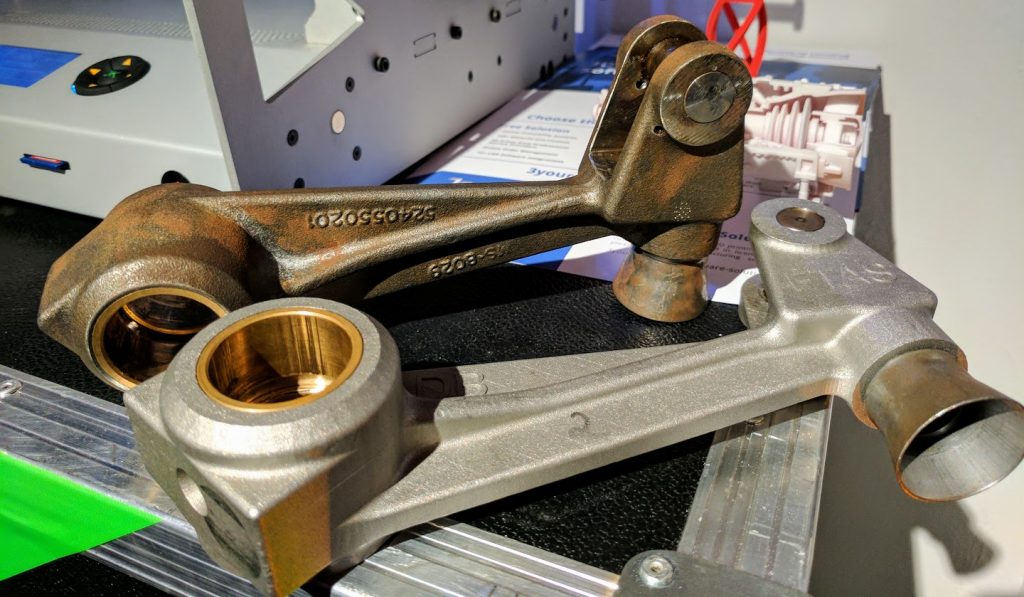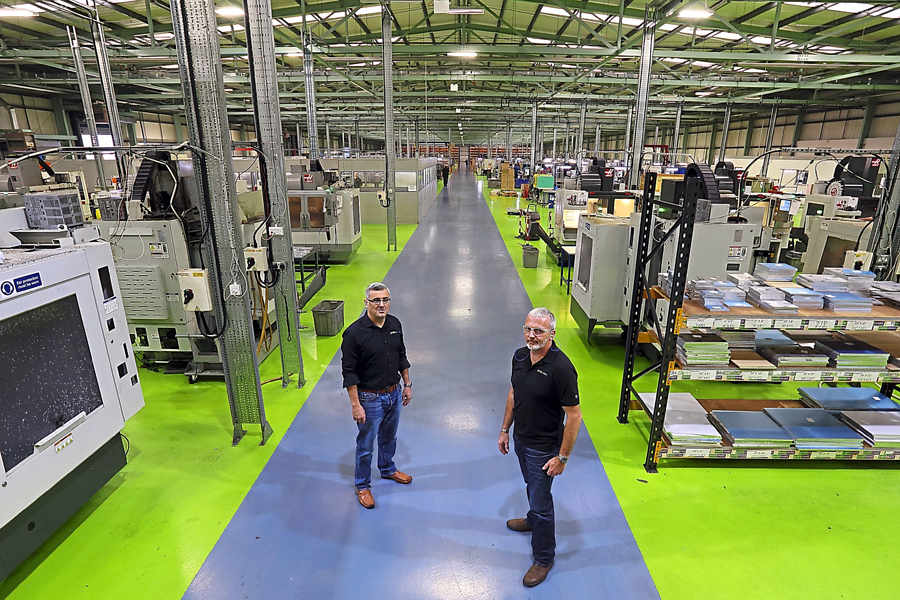This is a guest post in our series looking at the future of 3D Printing. To celebrate 5 years of reporting on the 3D printing industry, we’ve invited industry leaders and 3D printing experts to give us their perspective and predictions for the next 5 years and insight into trends in additive manufacturing.
Constantine Ivanov is the CEO of Digifabster, an instant quotation and lead conversion tool tailored for digital manufacturing.
New Horizons for 3D Printing in the Next 5 Years
The hype surrounding 3D printing waned over a year ago. The revolution expected by the media and consumers has not happened. We still do not print our key fobs and pens at home. However, as with any hype, the 3D printing technology and market have reached the phase of a sensible specialized use. Naturally, I am referring to the professional use of this technology in the fields where it turns out to be a real game changer, e.g., medicine, weight management in aviation, automotive industry, etc., and as part of manufacturing process and other technologies.
In my opinion, over the next 5 years the market will witness a consolidation of its numerous players, and as for the technology, there will be an increase in speed, a further development of materials, and a better integration with traditional production methods.
I wish to highlight 5 key trends that, to my mind, will take place in the 3D printing industry in the next 5 years.

Development of 3D Print Farms
Even as we speak, manufacturers of reasonably priced desktop 3D printers are actively using the expiring SLA and SLS patents, etc. Together with manufacturers of FDM printers, they intend to seriously compete with companies who produce commercial printers. How can it be achieved? The solution is simple: print farms or connected manufacturing units. One buys 20-30 cheap desktop printers, incorporates them into a single system, and thus creates a low-cost machinery for small batch parts production. It’s a game-changing moment.
I am convinced that small businesses will take up this idea and invest heavily in local print farms, providing clients with quick access to a low-cost rapid small-scale production.
Final Products and Spare Parts
The active development of metal 3D printing and substantial investments from GE are but one of many examples of the ongoing deep integration of additive technologies into the manufacture of final products. Unlike the traditional technologies, 3D printing allows to significantly reduce the weight of critical parts owing to its virtually unlimited possibilities of creating geometrical shapes. This factor is particularly crucial when it comes to such sectors as aircraft, automotive and space industries, where the energy potential is inextricably linked to weight.

Make no mistake, there are still many challenges to deal with on the way to production of metal end-use products via 3D printing, such as durability. But the trend is clear.
On top of that, the very interest in technologies manifested by major corporations allows to considerably accelerate their development. For example, Deutsche Bahn encourages its suppliers to purchase 3D printing equipment and manufacture lightweight parts only to order, thus ensuring a drastic reduction in inventories.
Obviously, this idea will be further adopted in other fields, such as the repair of cars and household appliances, where storage facilities and logistics generate very important costs that could be optimized through customized local 3D printing.
Integration of Technologies
For quite a while now, we at DigiFabster have been observing a clear trend resulting from the changes in market conditions and customers’ requests: clients wish to have access to a whole range of services, from engineer support and prototyping to mass production, on a turnkey basis in one single place. New hybrid 3D/CNC solutions allowing to benefit from both technologies regularly appear on the market.
The example of such companies as Protolabs shows the way a successful integration of all production methods coupled with software automation pays off and makes customers happy.
The fully automated factories housing an entire range of equipment from 3D printing to CNC machinery, managed by robots and software, obviously represent the future toward which the most leading companies are steering us.

Evolving from 2D into 3D Printing
And finally, the most controversial, yet crucial trend of the next 5 years, as far as I am concerned, is a gradual transition of 2D printing companies/industry to 3D printing services and the use of this technology in their activities.
HP was one of the first companies to give it some thought and launch its own 3D printer, thus showing everybody that it intended to take over the market. Later, we watched some major networks of office supply dealers begin to consider 3D printing as a way of diversifying their own businesses. They started to provide 3D printing services to their vast client network, both by themselves and via service providers. We also had a chance of working with such customers.
It reflects the changes that are taking place. And in our fast-moving world, 5 years is a very long term. I am positive that there will be many more changes to come and the trends that I indicated are only the tip of the iceberg.
This is a guest post in our series looking at the future of 3D Printing, if you’d like to participate in this series then contact us for more information. For more insights into the 3D printing industry, sign up to our newsletter and follow our active social media channels.
Don’t forget that you can vote now in the 1st annual 3D Printing Industry Awards.
More information about Digifabster is available here.
Featured image shows Constantine Ivanov and Chuck Hull, the father of 3D printing. Photo by Constantine Ivanov.


